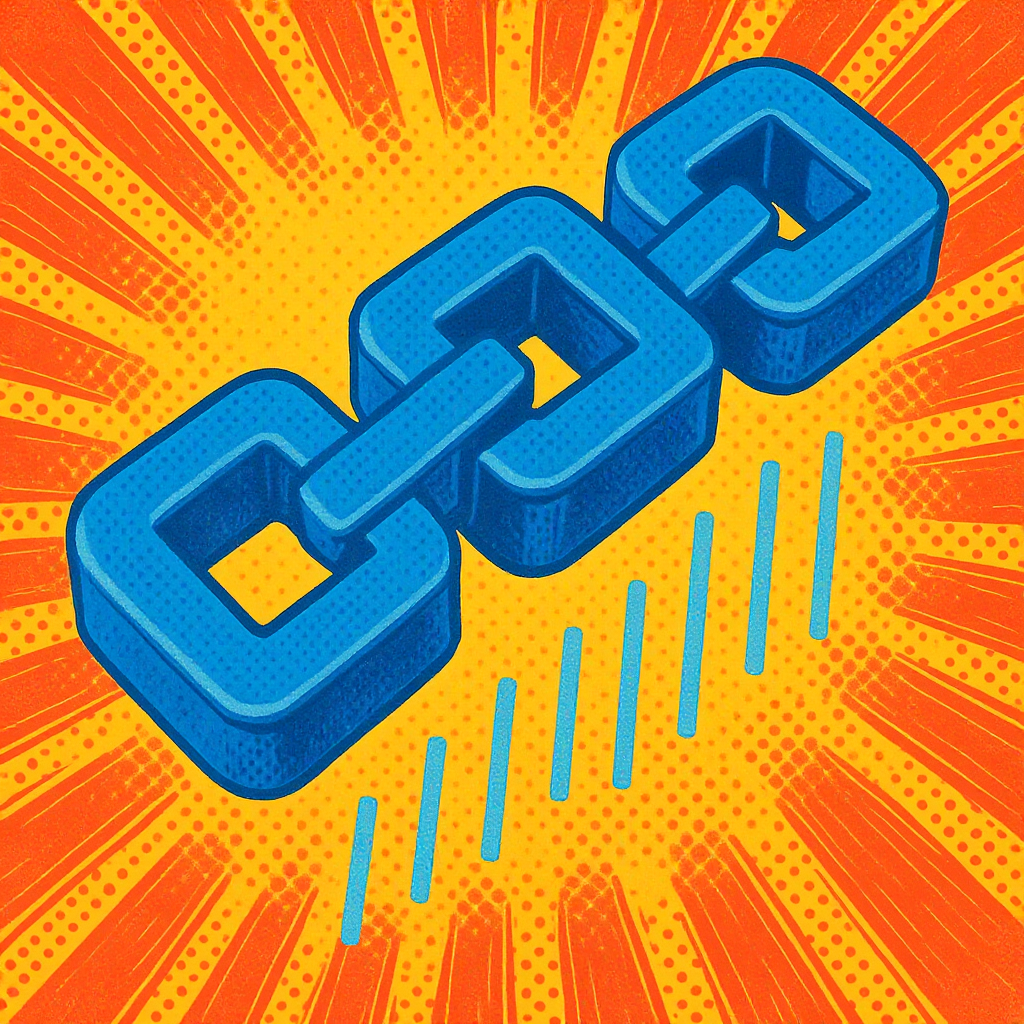The scalability of blockchain technology is a critical factor determining its widespread adoption. Current blockchain networks often struggle with transaction speeds, leading to high latency and fees. This article explores various strategies for optimizing blockchain transaction speeds to enhance scalability and overcome these limitations. We will delve into Layer-2 scaling solutions, sharding techniques, improved consensus mechanisms, and the role of optimized data structures in boosting transaction throughput. Understanding these approaches is crucial for developers and businesses seeking to leverage the full potential of blockchain for diverse applications, from decentralized finance (DeFi) to supply chain management. We’ll also examine the trade-offs involved in implementing these solutions and discuss the future direction of blockchain scaling.
Layer-2 Scaling Solutions
Layer-2 scaling solutions are designed to process transactions off-chain, thereby relieving the burden on the main blockchain. Popular examples include state channels, which allow participants to conduct multiple transactions off-chain before settling the final result on the main chain. Another method is sidechains, which are independent blockchains that run parallel to the main chain, offering increased throughput. Rollups, such as optimistic rollups and ZK-rollups, bundle multiple transactions into a single transaction that is then submitted to the main chain. This reduces the number of individual transactions, significantly improving speed and efficiency. Each method offers varying degrees of security and speed; the choice depends on the specific application’s needs. For example, ZK-rollups are known for their high security but can be more complex to implement.
Sharding
Sharding is a technique that partitions the blockchain into smaller, more manageable pieces called shards. Each shard can process transactions independently, thus increasing overall throughput. Instead of all nodes validating every transaction, each node only needs to validate transactions within its assigned shard. This parallelization significantly reduces the computational load on individual nodes, leading to faster transaction processing. However, sharding introduces complexity in terms of cross-shard communication and data consistency. Careful design and implementation are necessary to maintain the integrity and security of the entire blockchain network. Efficient cross-shard communication protocols are essential to ensure seamless operation.
Improved Consensus Mechanisms
The consensus mechanism, which is responsible for validating and adding new blocks to the blockchain, directly impacts transaction speeds. Proof-of-Work (PoW) consensus, while secure, is notoriously slow due to its intensive computational requirements. Alternative mechanisms like Proof-of-Stake (PoS), which is significantly more energy-efficient, offer improved transaction speeds. Other consensus mechanisms, such as Delegated Proof-of-Stake (DPoS) and Practical Byzantine Fault Tolerance (PBFT), also aim to enhance transaction throughput while maintaining security. The choice of consensus mechanism involves a trade-off between security, scalability, and energy consumption. The optimal choice depends on the specific requirements of the blockchain network.
Optimized Data Structures
The efficiency of data structures used in a blockchain can significantly affect transaction speeds. Traditional blockchain designs often rely on simple data structures that become inefficient as the blockchain grows. Optimizing these structures, such as using Merkle trees for efficient data verification or utilizing databases optimized for blockchain operations, can dramatically improve transaction processing speeds. The choice of data structures should consider factors such as storage efficiency, search speed, and ease of implementation. Research into novel data structures specifically designed for blockchain environments is an active area of development, promising further improvements in scalability.
Conclusion
Optimizing blockchain transaction speeds for enhanced scalability is a multifaceted challenge requiring a holistic approach. We’ve explored several key strategies, including Layer-2 scaling solutions such as state channels, sidechains, and rollups, the implementation of sharding to parallelize transaction processing, the adoption of efficient consensus mechanisms like PoS, and the utilization of optimized data structures. Each of these strategies offers unique advantages and disadvantages, and the optimal choice depends on the specific requirements and constraints of the blockchain network. Further research and development in these areas are crucial for unlocking the full potential of blockchain technology and enabling its widespread adoption across a multitude of applications. The ongoing innovation in these fields promises a future where blockchain transactions are fast, efficient, and cost-effective, paving the way for a more decentralized and scalable digital world.
References
Sharding for Public Blockchains
| Scaling Solution | Throughput | Security | Complexity |
|---|---|---|---|
| State Channels | High | Medium | Medium |
| Sidechains | High | Low | High |
| Optimistic Rollups | High | Medium | High |
| ZK-Rollups | Medium | High | Very High |
Image By: Black Forest Labs






